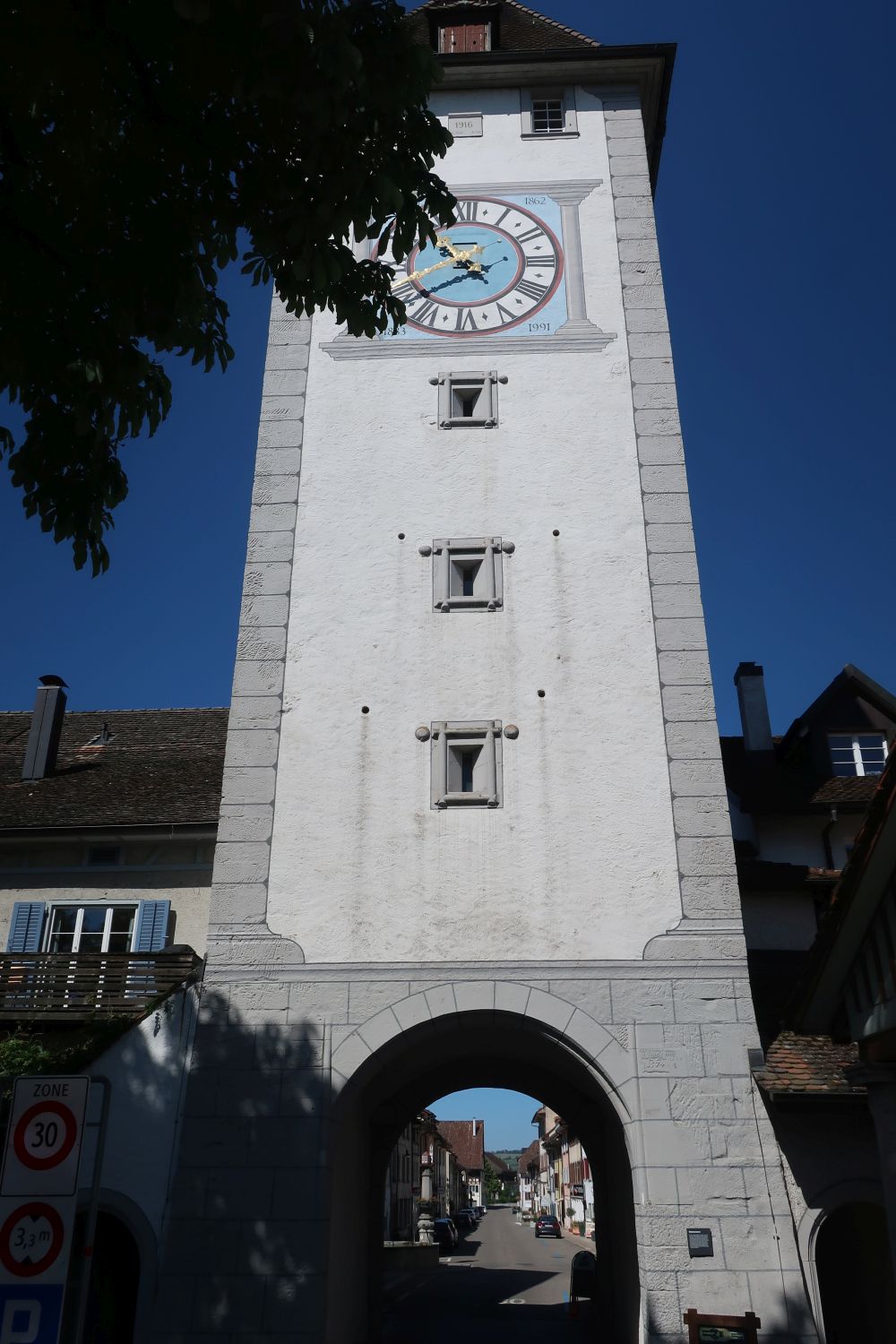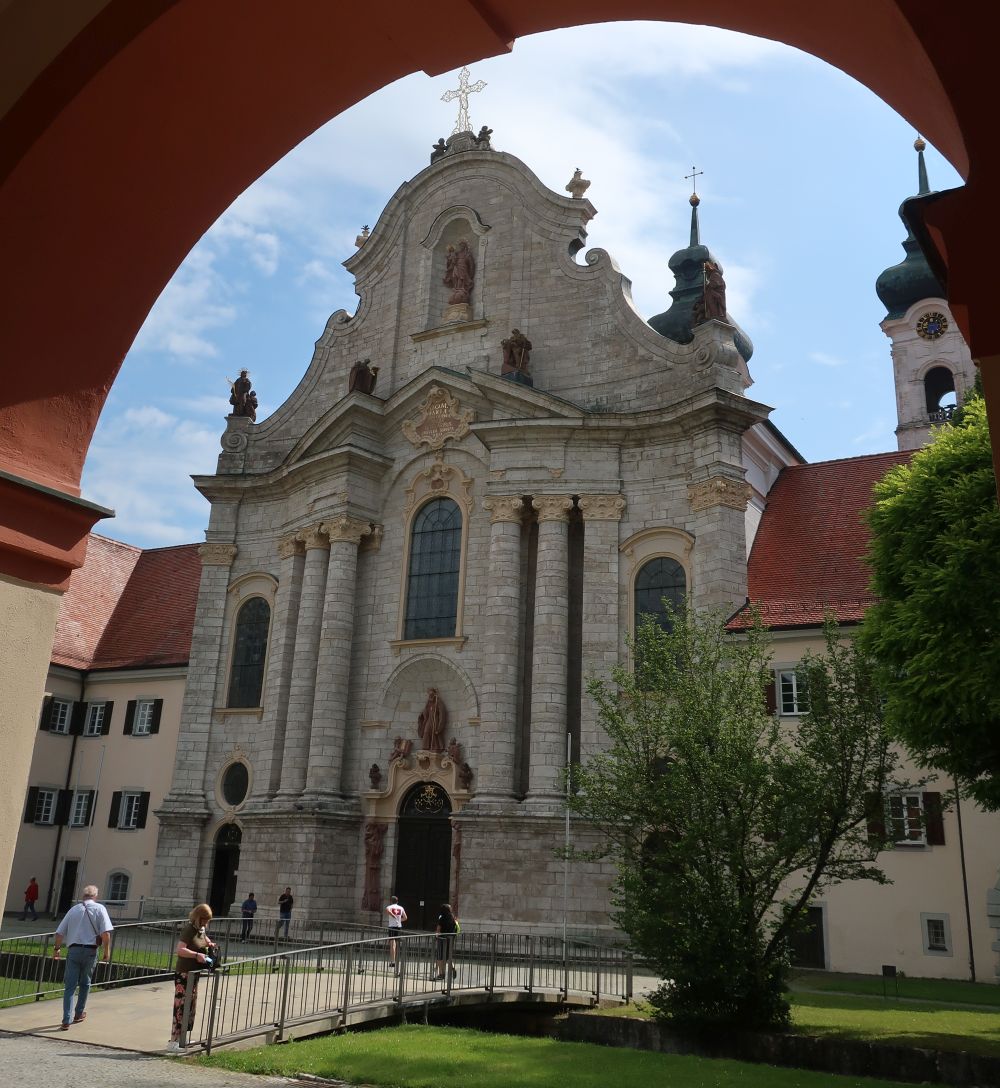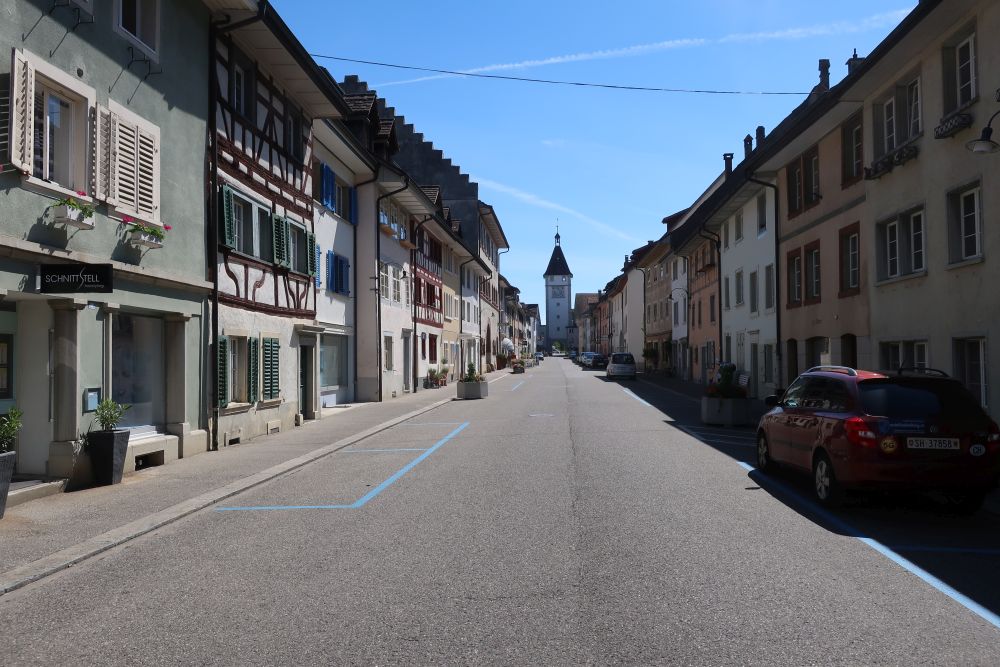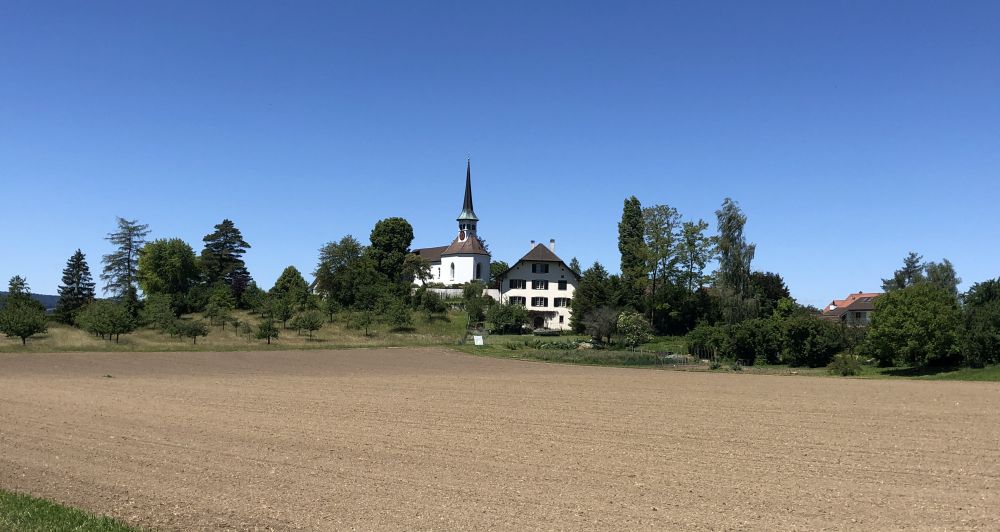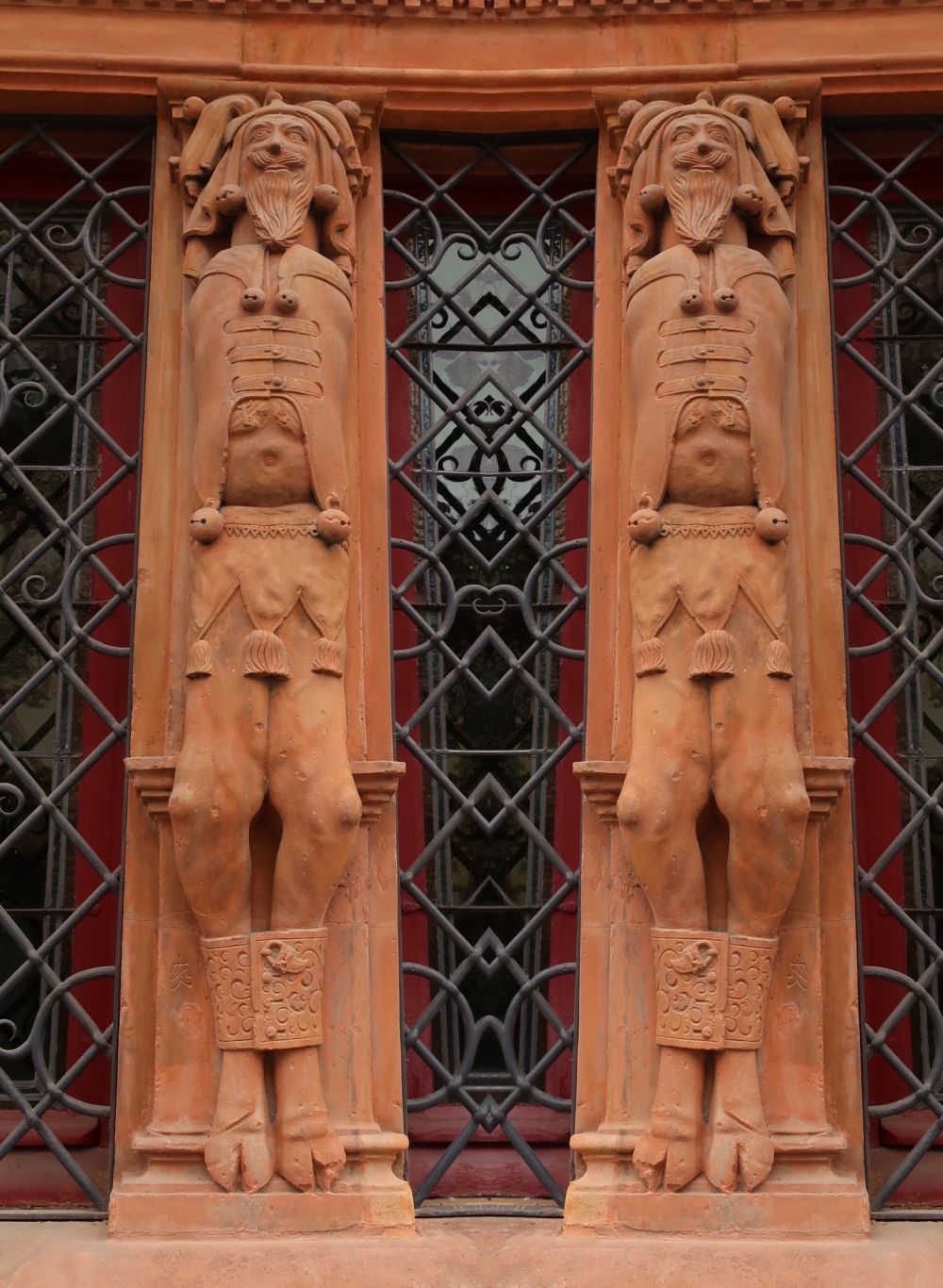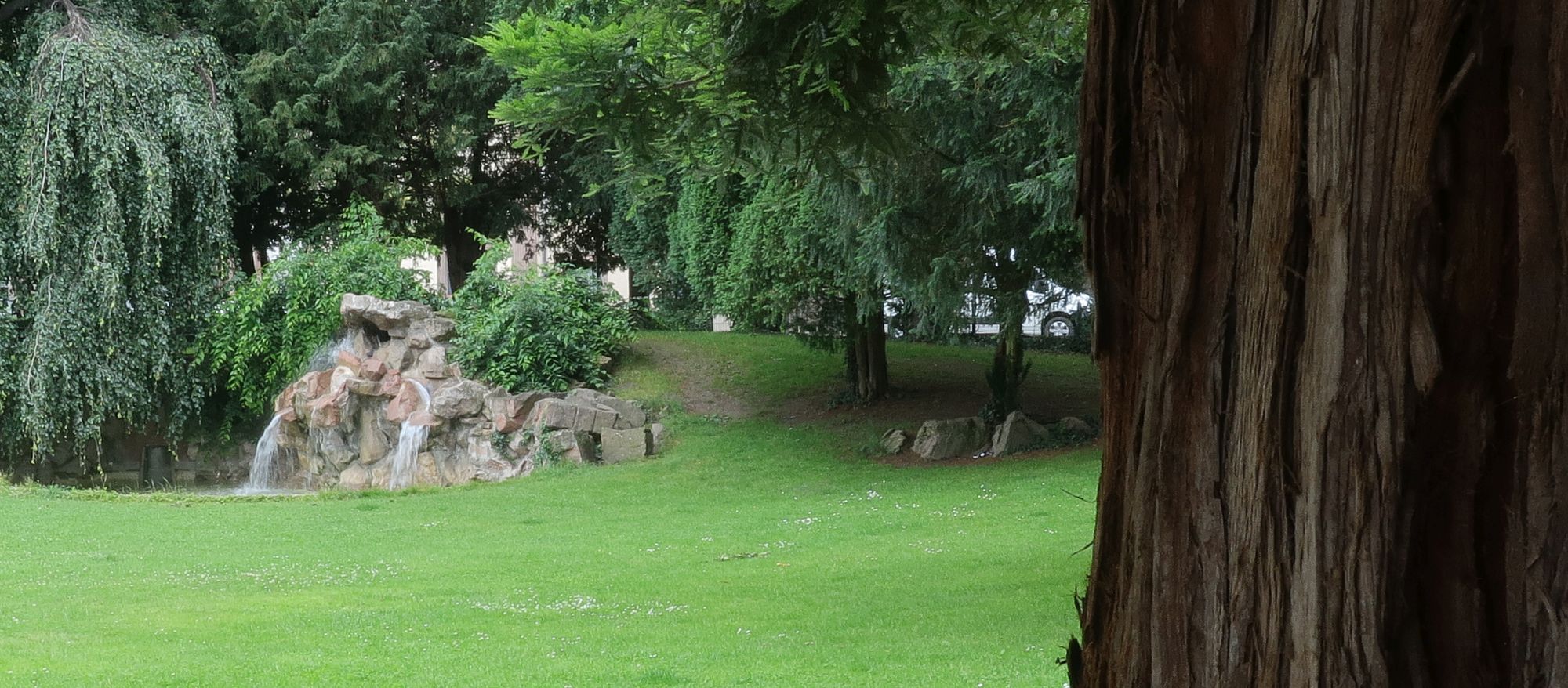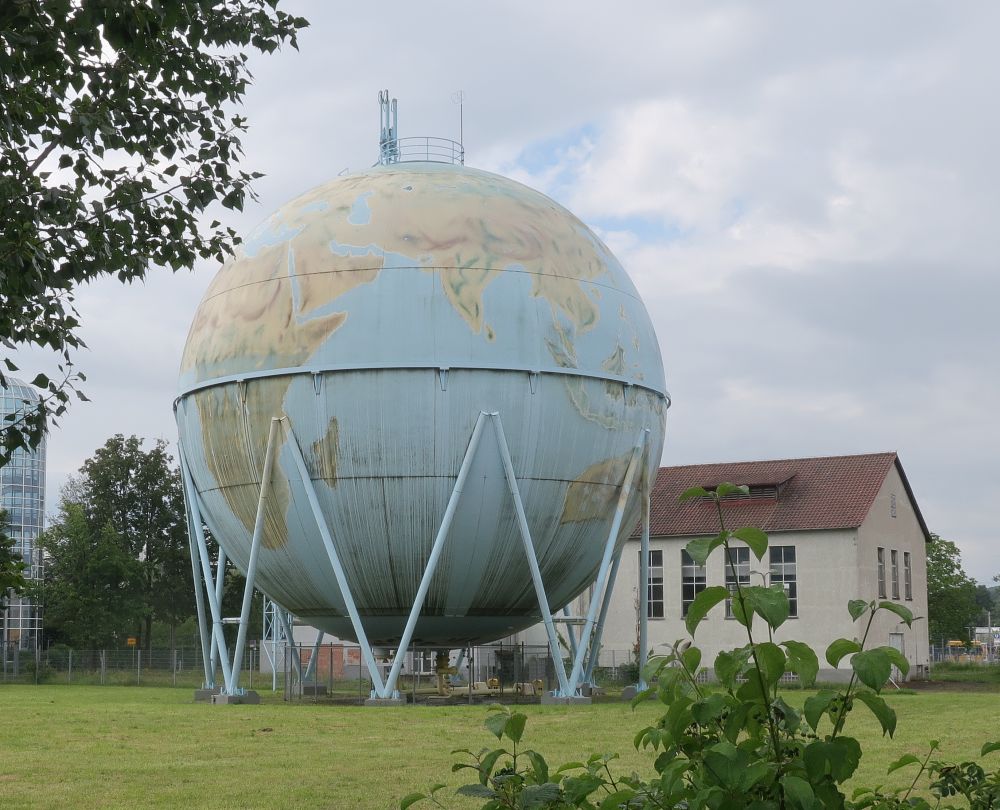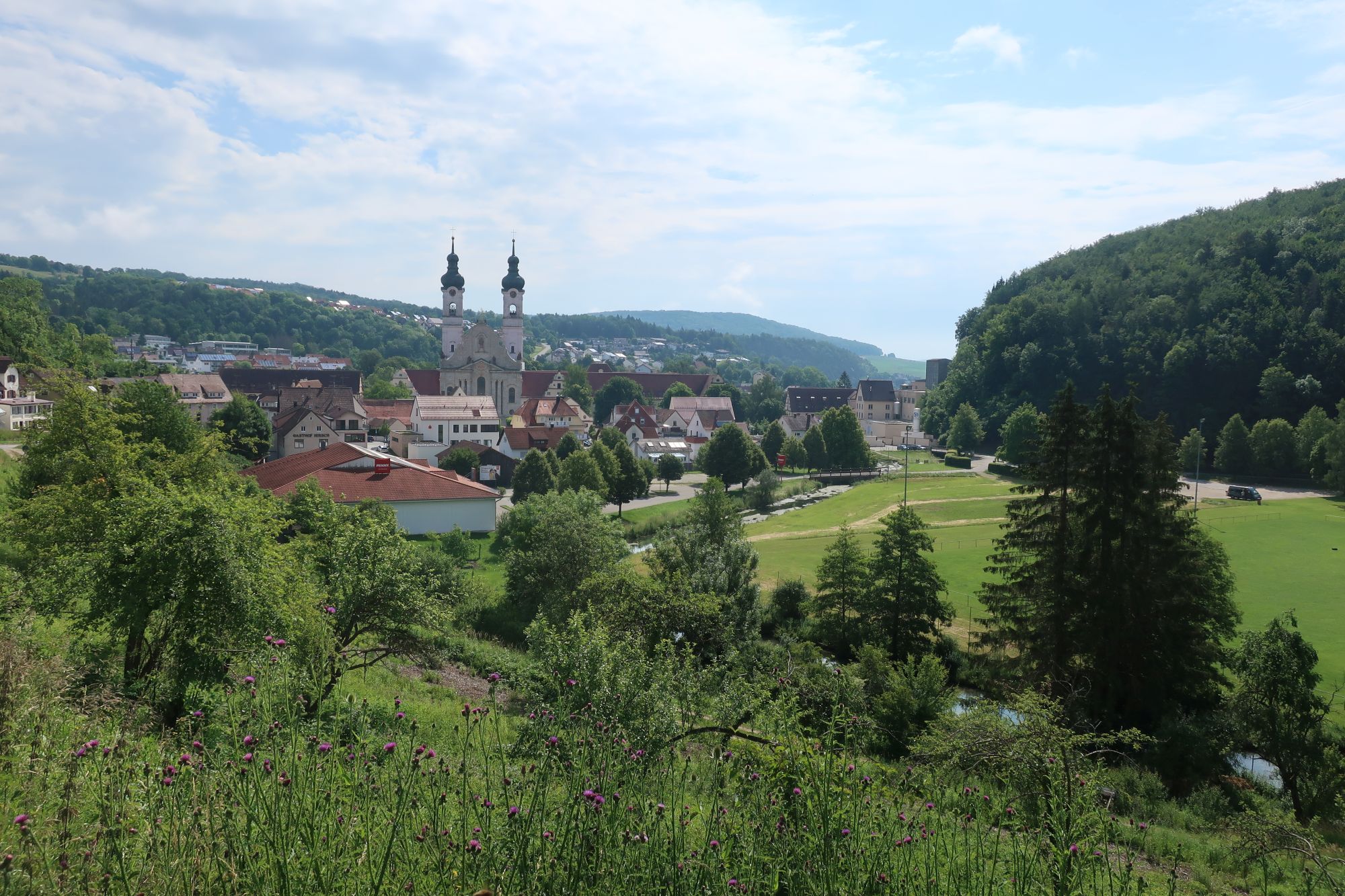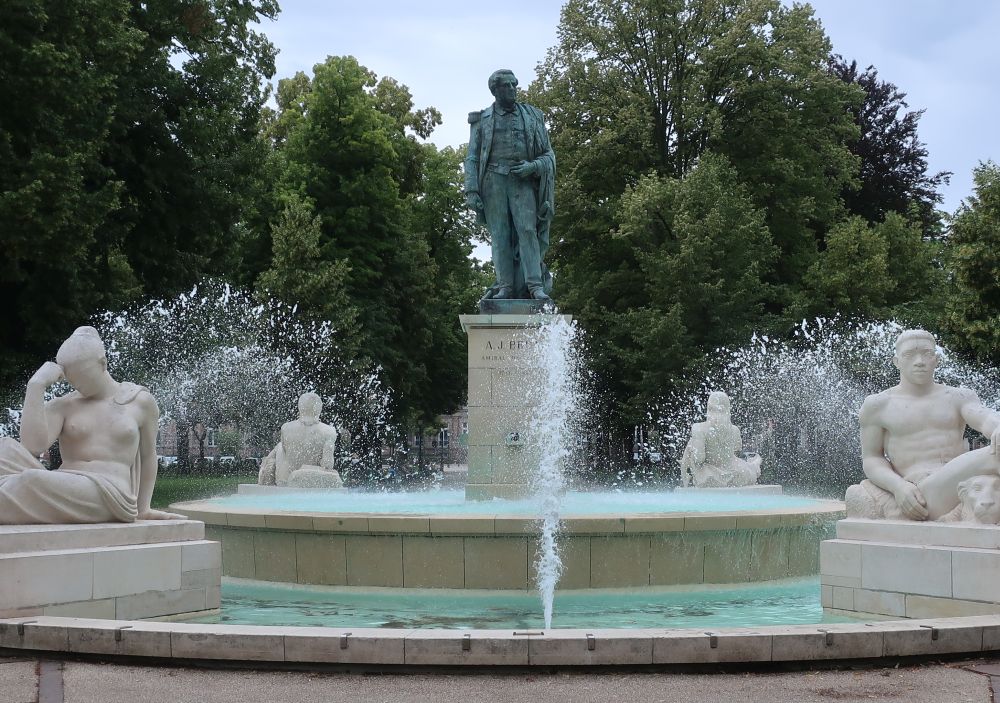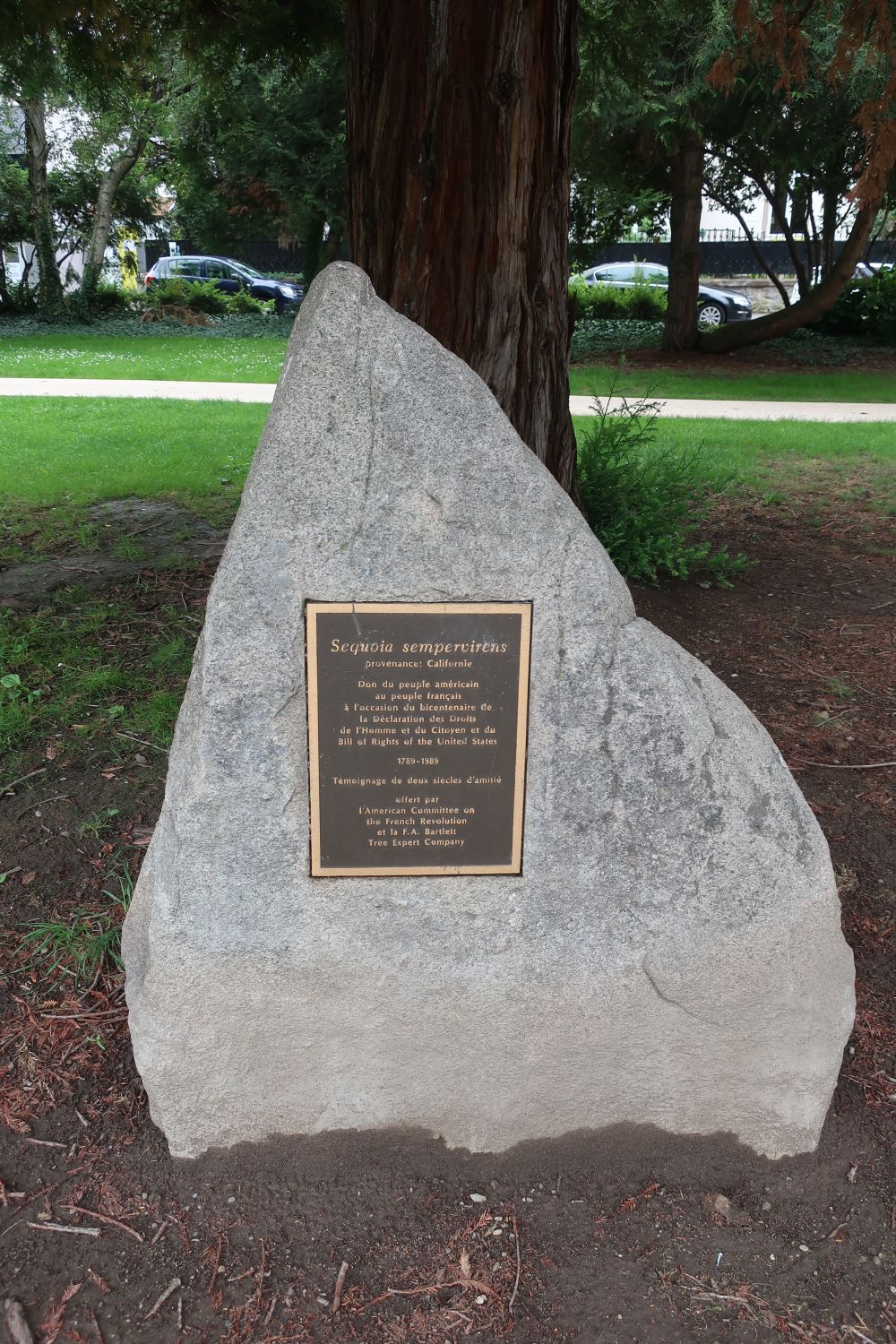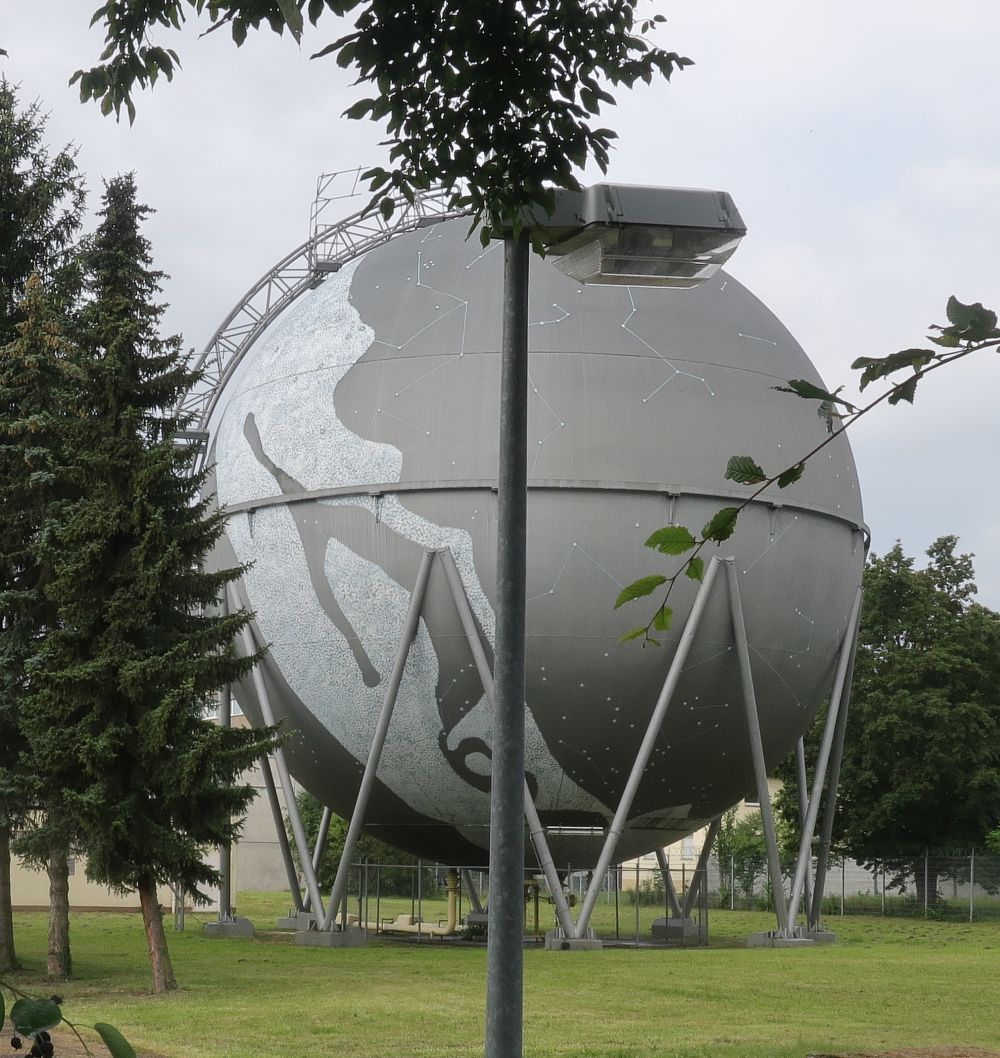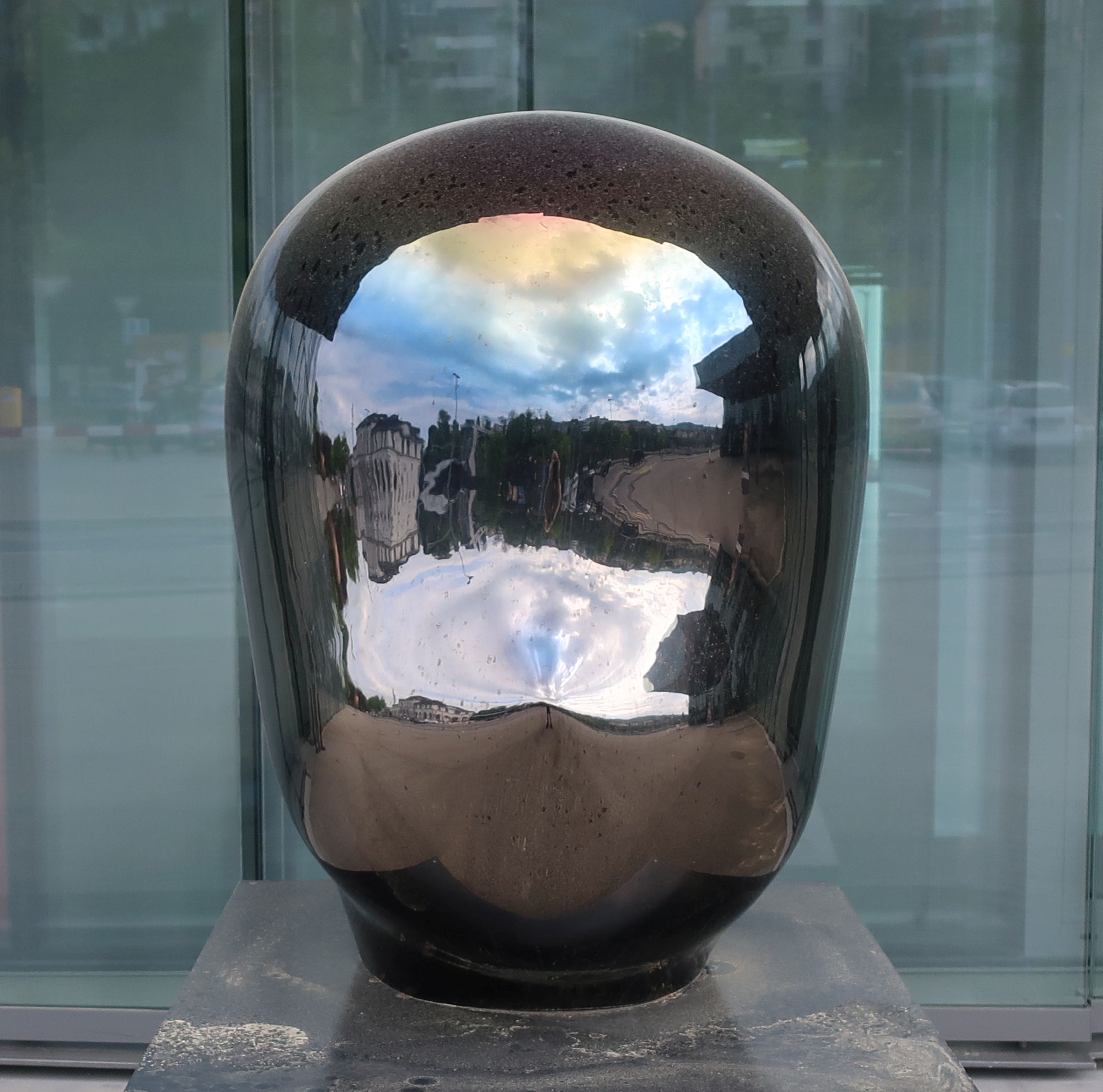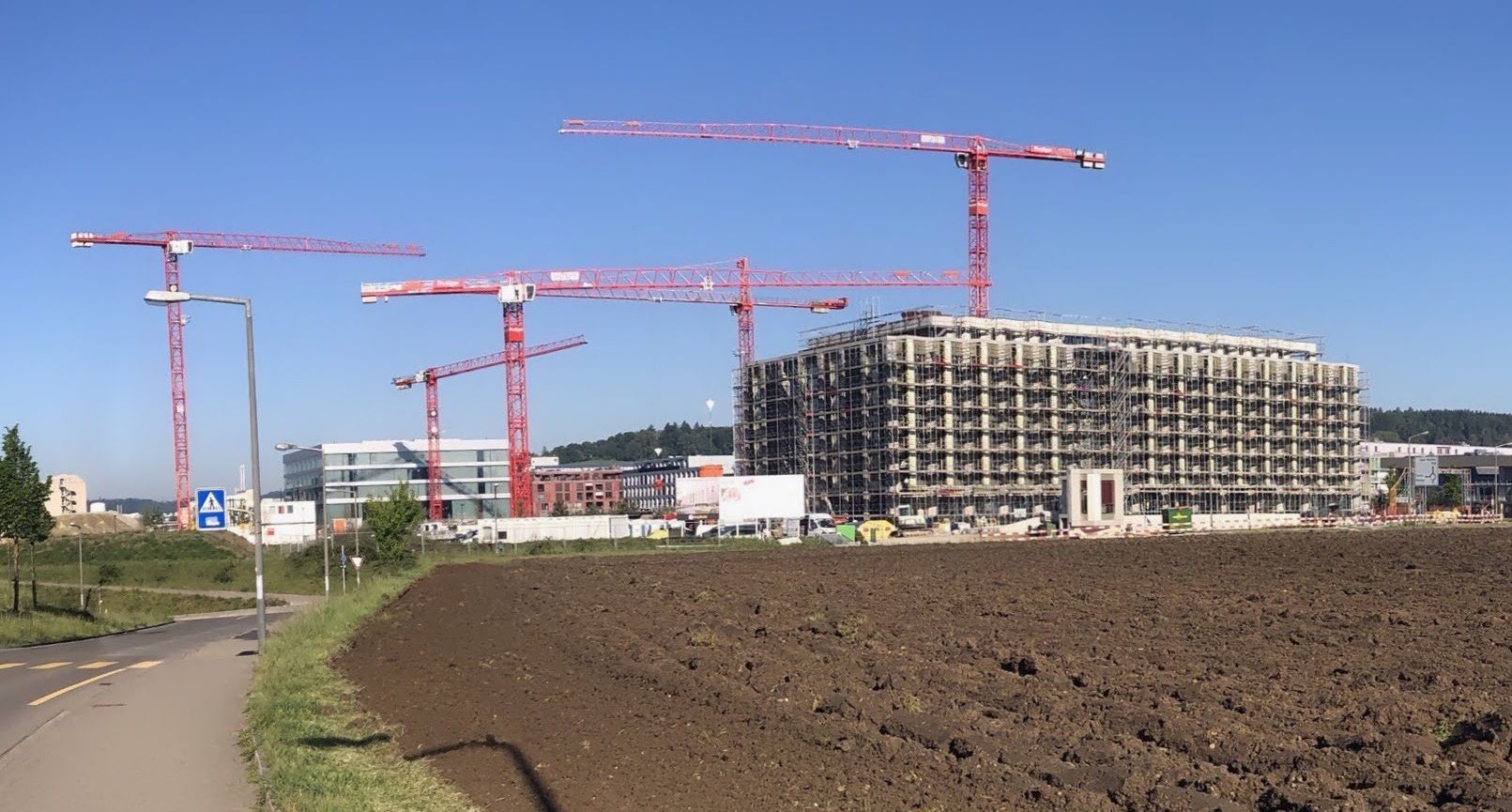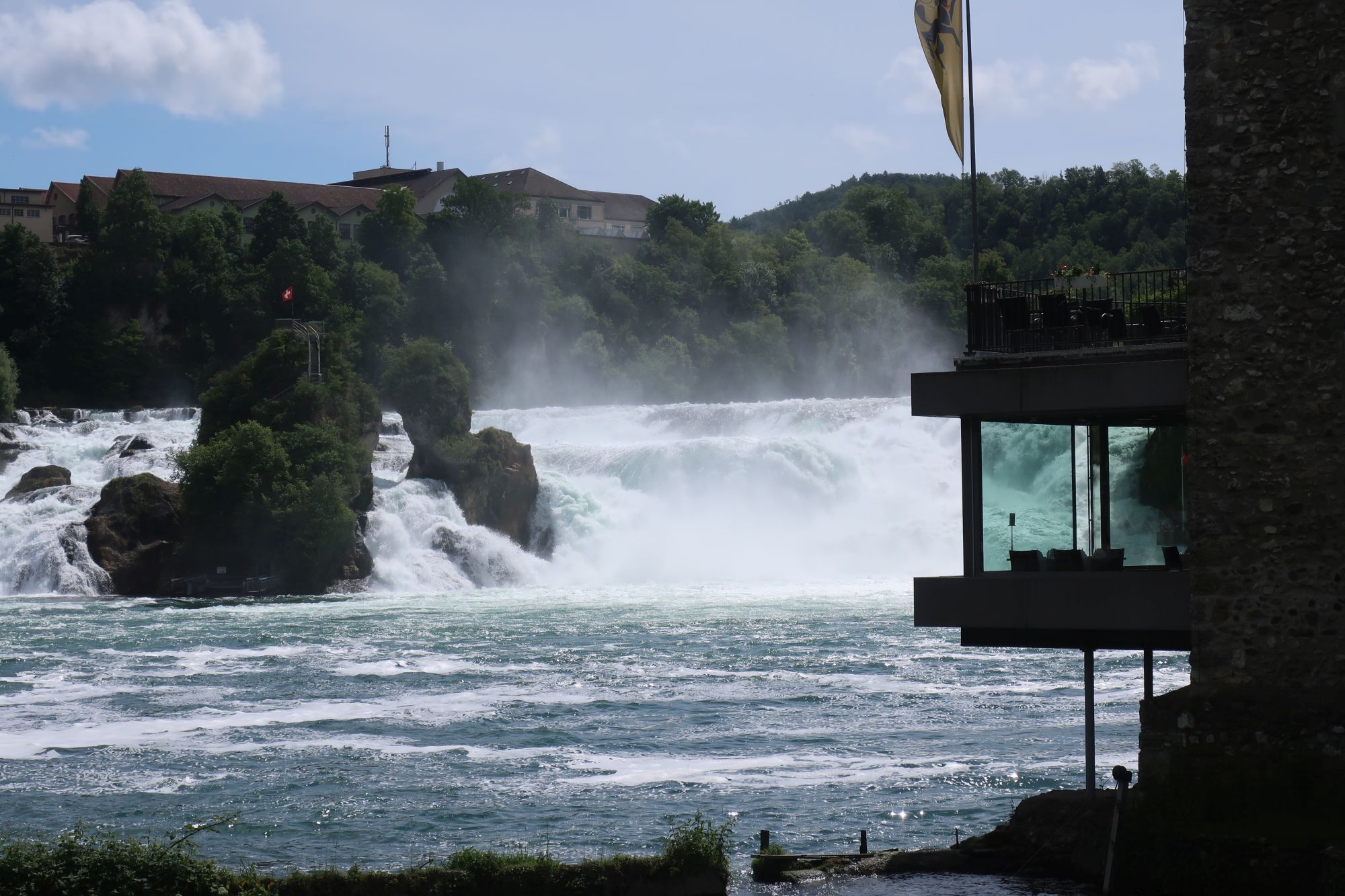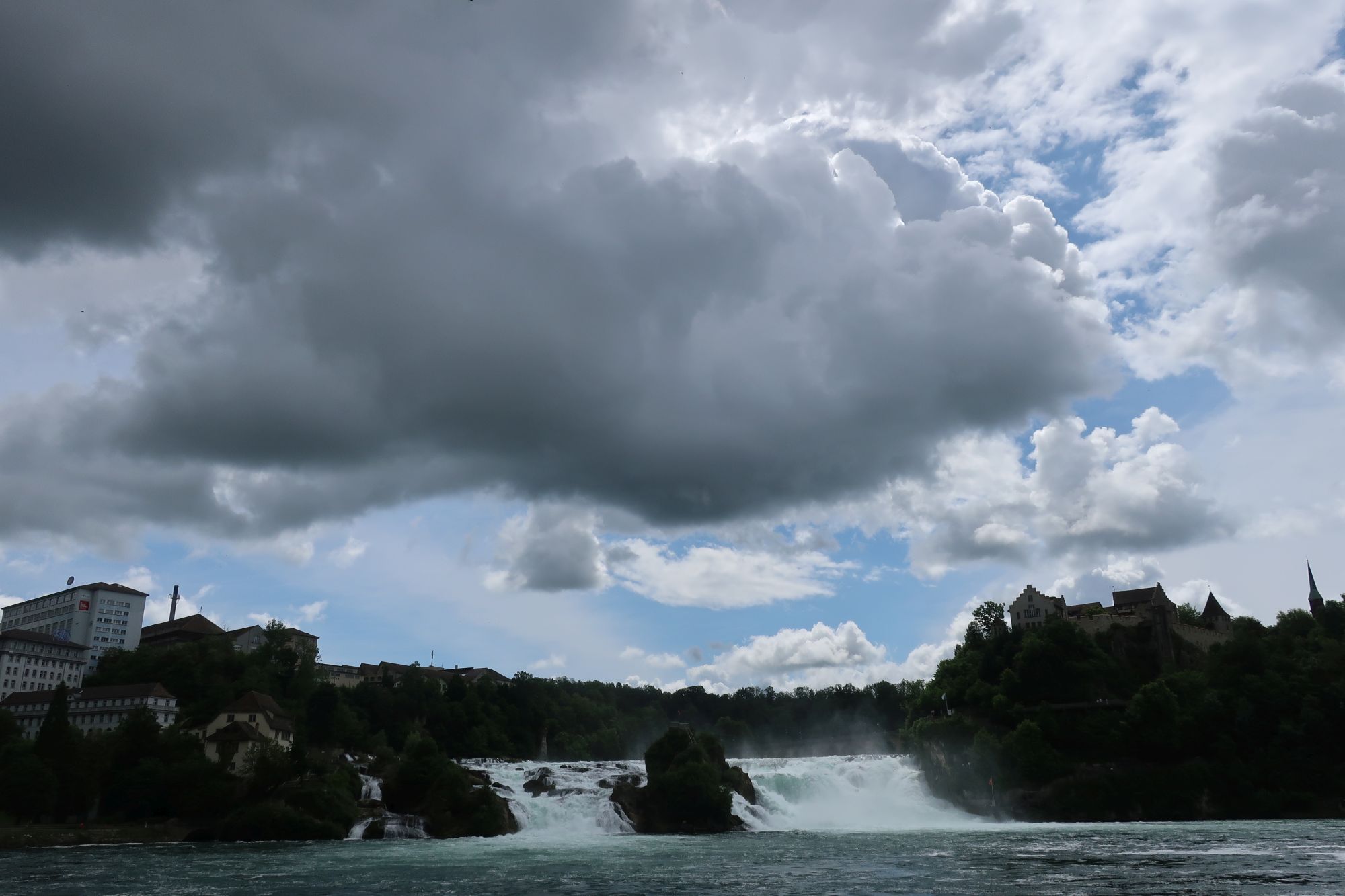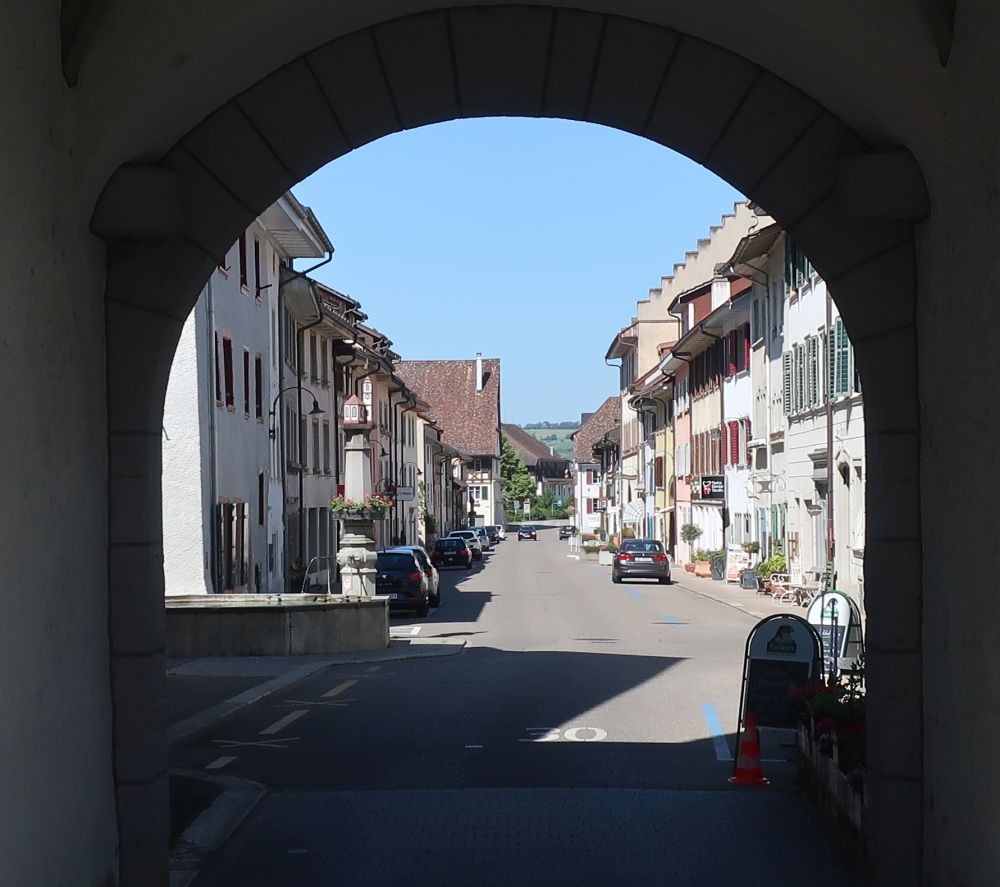Continuing the series, this shows that the clockface on the main gate to the medieval village of the North Central Swiss Neuenkirch is also blue,
“I don’t like mysteries – they give me a bellyache, and right now I’ve got a beaute.” That was Capt. Kirk, but I am the same way. It drives me nuts that almost 100% of the more modern clockfaces on medieval Swiss churches – and there are dozens of them – are the same blue; whereas the somewhat older clockfaces are an orange-red. Presumably, there was a movement (no pun) to refurbish the clocks – but until now I could find no historical record of this.
